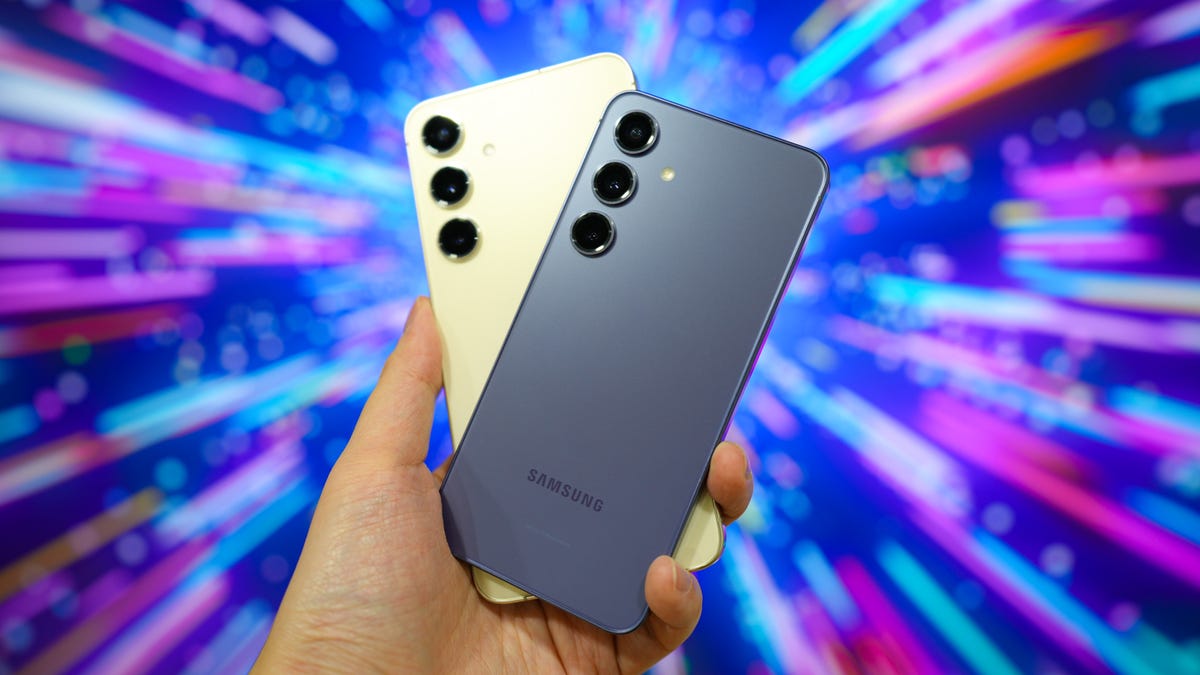Following up on its CES announcement, AMD dropped some more information about its upcoming Radeon RX 9070 and RX 9070 XT RDNA 4 chips -- notably the target pricing of $549 and $599 -- to address 1440p and 4K players, respectively. And they'll be available from its add-in-board partners, such as Acer, Asus, Sapphire, XFX, ASRock, Gigabyte, PowerColor and more, on March 6.
AMD says these cards are "built for 4K gaming at a 1440p price," comparable to the recent Nvidia GeForce RTX 5070 and 5070 Ti. We'll see: It seems like the company is counting on its software to do a lot of heavy lifting, though that's not uncommon. Radeon RX 9060 cards are slated for later in the year.
We did get more specs about the cards.
Specifications
| RDNA 4 | RDNA 4 |
| 16GB GDDR6 | 16GB GDDR6 |
| 2.52 | 2.97 |
| 20Gbps/256-bit | 20Gbps/256-bit |
| 56 | 64 |
| 112 | 128 |
| 4nm | 4nm |
| 220 | 304 |
| n/a | n/a |
| PCIe 5 x 16 | PCIe 5 x 16 |
| DisplayPort 2.1a, HDMI 2.1b | DisplayPort 2.1a, HDMI 2.1b |
| $549 | $599 |
For upgraders, AMD retains the old-school eight-pin power connection.
As previously revealed, this RDNA 4 generation has been reworked and optimized over the previous architecture, streamlining the core rendering compute units to improve efficiency for both the chip and the on-board memory. The CUs come with improved third-gen ray tracing accelerators, which the company claims delivers twice the throughput over RDNA 3.x. AMD also improved its media engine to address complaints by streamers trying to play and stream on one system.
The chips also include upgraded AI accelerators, which can handle more data types for theoretically much better feature (like denoise in Lightroom) and generative AI performance. It also has better memory handling and includes updates to its ONNX libraries -- up to 8x better, the company claims. Plus, the cards AI improvements are ready for neural rendering.
An Acer Predator model.
Acer/Lori Grunin/CNETAlong with the cards, AMD is introducing the newest generation of its upscaling technology, FidelityFX Super Resolution 4 -- the one that requires support incorporated by the game developers -- Fluid Motion Frames 2.1. It can work in conjunction with the company's driver-based HYPR-RX one-click performance optimization. AMD says FSR 4 delivers better results upscaling than native 4K, not just in performance, but in quality.
Since the cards are midrange, based on AMD's numbers, you'll really need to use the various software solutions if you want playable 4K; it's unclear if they'll need the same boost for 1440p. The new cards are faster than the last generation, but a 168% increase in F1 24 1440p Ultra with ray tracing doesn't mean much if you don't know the unboosted frame rates (what if the last gen only hit 10fps?). Testing will tell.









 English (US) ·
English (US) ·